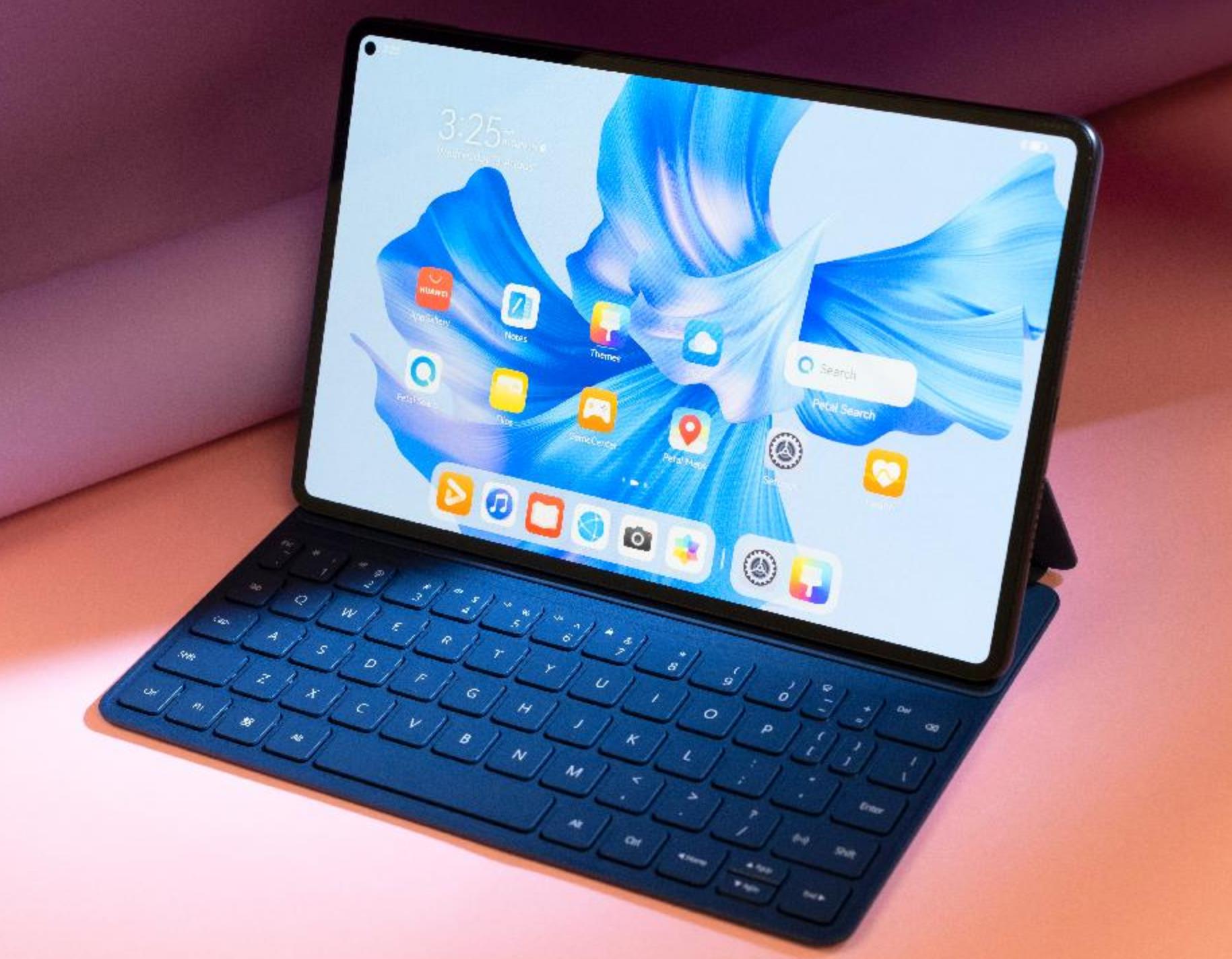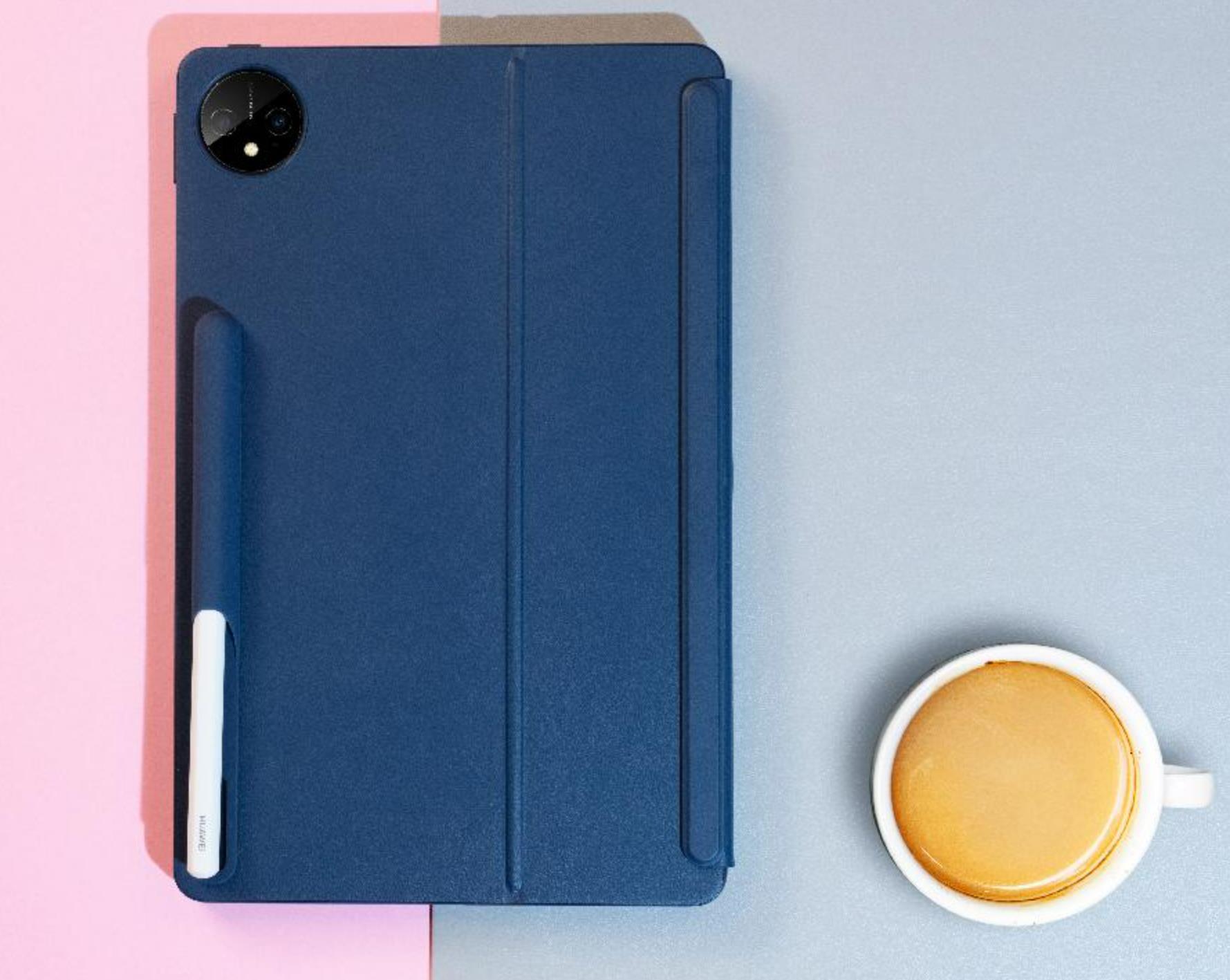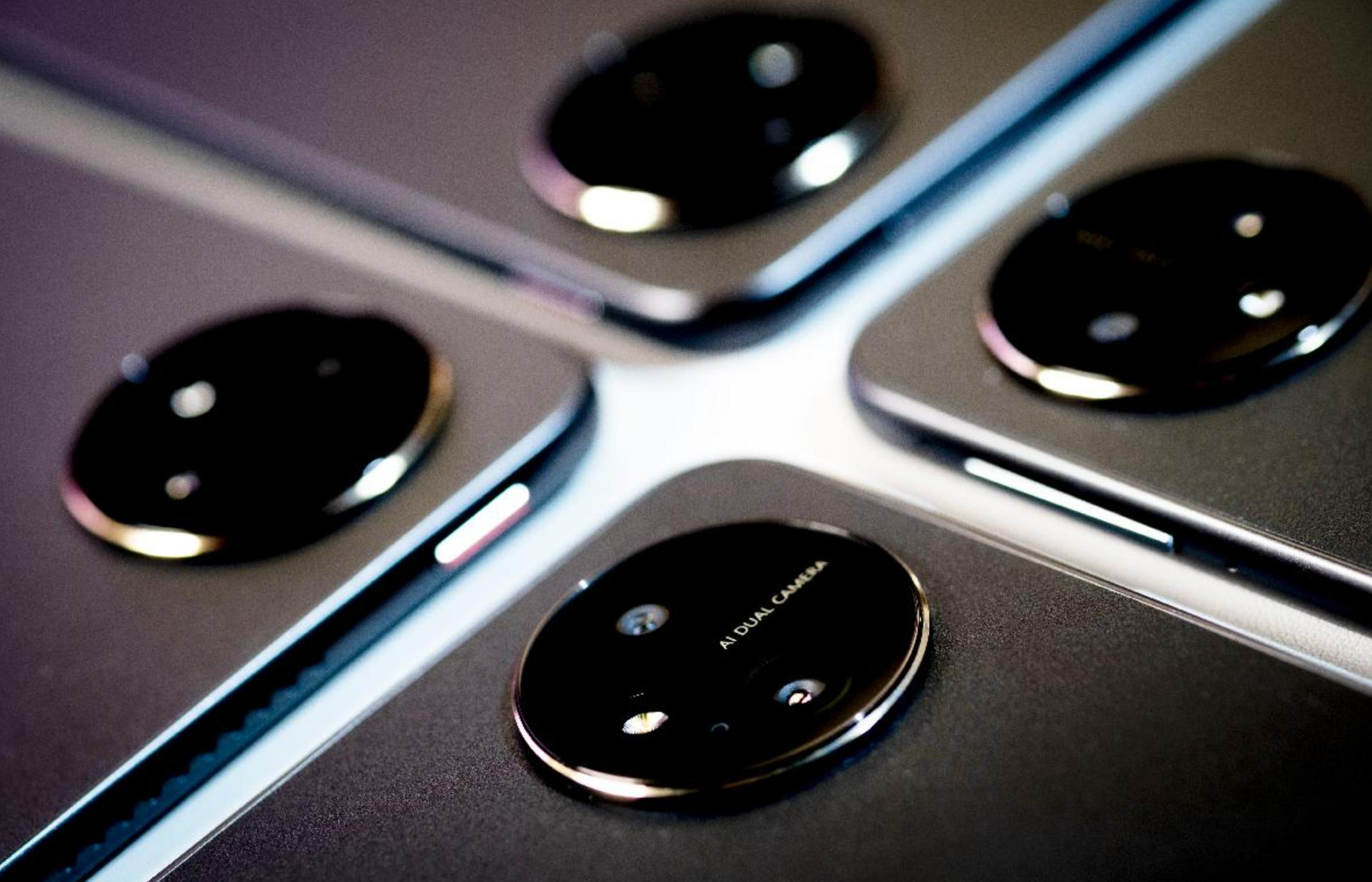HUAWEI MatePad Pro vs Apple iPad Pro 11 vs Samsung Galaxy Tab S8
Where HUAWEI MatePad Pro wins over the competition

Recently, Huawei released the brand-new HUAWEI MatePad Pro. Dubbed as the all-round stylish and pro flagship tablet, it comes with a flurry of innovative features that puts it in a league of its own. That is why we thought of comparing it feature-by-feature and spec-by-spec with other 11-inch tablets on the market to help put things into perspective. 11-inch tablets represent the middle ground in the tablet space. They are more versatile than mini-tablets but easier to handle than large 13 or 14-inch tablets. This makes them suitable as a professional tablet or a device that can be shared between everyone in a household. For this comparison, we have picked the Apple iPad Pro 11 and Samsung Galaxy Tab S8, both of which are popular tablets. Let’s see how the HUAWEI MatePad Pro stack up against the other two.
Display
Firstly, the new HUAWEI MatePad Pro has the best ever display to be featured on a Huawei tablet. But it’s not just that; it is arguably one of the best. The 11-inch OLED HUAWEI FullView Display with 4.2 mm ultra-narrow bezels and a 92% screen-to-body ratio provides plenty of screen space to enjoy your content or simply to do some work. Moreover, the 120 Hz refresh rate makes everything feel buttery smooth, and the display can accurately render over a billion colours. HUAWEI MatePad Pro is also the first tablet to receive German TÜV Rheinland Full Care Display 3.0 certification and uses a hardware solution to lower blue light to protect your eyes.
iPad Pro 11 also has an 11-inch display. However, this is an IPS LCD panel and not OLED like HUAWEI MatePad Pro. That being said, iPad Pro 11 uses mini-LED technology that gives better picture quality than traditional LCDs. The display supports a high refresh rate of 120Hz for smooth scrolling. As there are prominent bezels around the screen, the screen-to-body ratio is low at about 83%.
On Samsung Galaxy Tab S8 also, you are getting an 11-inch LCD display. But it’s not a mini-LED display like the iPad. Nonetheless, it supports a 120Hz refresh rate. The screen-to-body ratio is slightly better than iPad Pro 11.
Out of the three, HUAWEI MatePad Pro’s OLED screen provides a better viewing experience for work and entertainment, with an incredibly high screen-to-body ratio and colour accuracy.
Design
To say that HUAWEI MatePad Pro has a thin and light design is an understatement. It is literally the lightest 11-inch tablet on the market, weighing just 449g, made possible by the durable magnesium alloy frame. It also has a thin body that measures just 5.9mm in thickness. Huawei introduces the glass fibre optical transfer coated Frosting Processing on HUAWEI MatePad Pro for an elegant looking back. Here you’ll also find the iconic dome ring camera design that was first used on the Huawei Mate Series.
Design-wise, the 2021 iPad Pro 11 is almost identical to its 2020 model. It has a similar design to the iPhone, with squared-off edges, rounded corners, and a square rear camera module, minus the notch. It is noticeably bigger than the HUAWEI MatePad Pro but has the same thickness of 5.9mm and weighs 466g.
All the tablets in the Galaxy Tab S8 line-up share an identical design. Similar to the iPad, the edges are squared-off, and the corners are rounded. But the Galaxy Tab S8 has a wider aspect ratio, and there is a black cut-out in the back of the tablet to hold the S Pen.
Personally, we prefer the refreshingly new and modern design of the HUAWEI MatePad Pro. Also, the lightweight build makes it easy to use.

Sound
This is the first tablet to come equipped with HUAWEI SOUND®. It uses a 6-speaker, high and low-frequency division design to support its Stereo Vibe and Ultra-Bass technology. The excellent screen and amazing sound quality allow HUAWEI MatePad Pro to offer a stunning entertainment experience. Huawei upgraded its self-developed AI noise cancellation feature once again and optimized algorithms that tap into the Deep Neural Network. As a result, purer vocals can be extracted and transmitted to the person on the other side of the device for more efficient communication.
There are four speakers on the iPad Pro 11; two of them on the top and two of them on the bottom if you hold it in portrait orientation. As most people watch videos in landscape orientation, these speakers become a left-right stereo pair.
The number of speakers on the Galaxy Tab S8 is four, and they are located on the top and bottom of the tablet if you hold it in portrait.
When it comes to sound, HUAWEI MatePad Pro with the 6-speaker HUAWEI SOUND® is a cut above the rest. And the AI noise cancellation feature can help with voice clarity during calls.
Cameras
Unlike smartphones, the front-facing camera is more important for tablets as people are more likely to use them for online meetings than for casual photography. And the HUAWEI MatePad Pro is doing pretty good in this regard.
The front-facing camera on the iPad Pro 11 has a resolution of 12MP. On video calls, the Center Stage feature allows you to stay in the frame.
The Galaxy Tab S8 has a 12MP front-facing ultra-wide-angle camera with the auto-framing feature that keeps you in the frame if you move around during video calls.
The 16MP front camera with FollowCam coupled with the noise cancellation make this the ideal tablet for videoconferences.

Smart features
HUAWEI MatePad Pro supports Tablet-PC Multi-screen Collaboration capabilities which come with three modes; Mirror Mode, Extend Mode and Collaborate Mode. Another interesting feature is the new Colour Capture feature, which allows you to select and apply colours across different apps in any usage scenario, including Multi-window, App Multiplier, or small window. Colours on the collaborative phone can also be captured. After Multi-screen Collaboration is established between a phone and tablet, you can click and select a colour on a phone window and apply it to the tablet, improving the efficiency of cross-device working and creation.
The all-rounded tablet also supports seamless connectivity between Huawei tablet and smartphone thanks to Multi-Screen Collaboration. Multi-screen Collaboration enables simple drag-and-drop file transfers between smartphones and tablets. Peripheral sharing lets users type on the smartphone using the tablet’s keyboard and screen, play music saved on the smartphone with the tablet’s speakers and more. This solution also makes it possible for users to pick up calls or respond to text messages directly from the tablet, facilitating a seamless multi-device experience
Apple’s Continuity features allow you to collaborate between an iPad Pro 11 and other Apple devices. Some of these features include: Sidecar, which lets you use the tablet as a second display for your Mac; Universal Clipboard that allows you to copy texts, images, and videos between device; and Continuity Sketch and Continuity Markup, which basically turns the tablet into a drawing pad but they both work in slightly different ways.
Samsung offers the Galaxy Ecosystem that integrates between Samsung’s devices. You can use the tablet as a second screen for the Galaxy Book laptop, and it will be compatible with the S Pen. The Quick share feature lets you share files between phones and tablets, and the App Continuity allows you to switch between your devices and continue using the same app on the other device from where you left off.
Conclusion
Compared to the iPad Pro 11 and Samsung Galaxy Tab S8, the HUAWEI MatePad Pro proves to be better at both entertainment and productivity.
